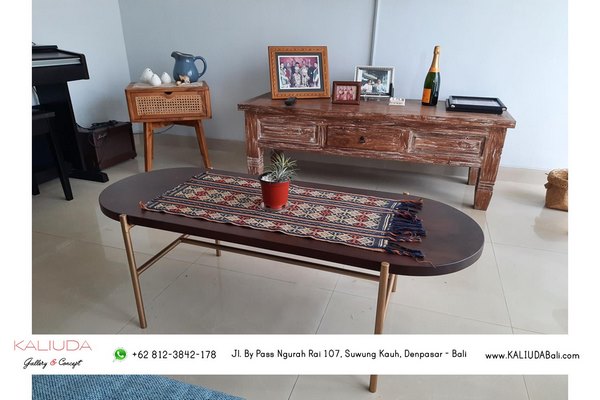History of Sumba Ikat – Sumba, is one of the islands in eastern Indonesia. Sumba Island is part of East Nusa Tenggara, which has an area of 11,006.62 square kilometers. Previously, we have discussed Pasola and The Tradition of the Sumbanese Ikat and its culture. This time we will discuss more about the history of Sumba Ikat Weaving.
The human form of visualization
Every region, not only in Indonesia, must have traditional cloth. Sumba Island is no exception. Since time immemorial, human instinct has been to visualize what they see, how they interact in a community and their relationship with nature. This can be seen from several paintings or drawings in caves in ancient times.

Ancient Cave Painting | Source: Google
Likewise in this more advanced era, humans pour their visualization on cloth material. Give birth to various image marks on the ikat cloth such as human, fauna, and flora motifs. East Sumba ikat cloth is full of signs/images that form patterns, motifs are the expression of ideas, ideas, thoughts, which have previously been contained in word art (verbal art).
History of Sumba Ikat Woven
Sumba ikat fabrics, both East Sumba and West Sumba were born from Sumba’s natural wealth. The coloring of Sumba fabrics using natural materials such as noni roots, wood fibers to mud, and the selection of unique motifs represent the special Sumba culture.
The background of one of the patterns of ikat and songket weaving/Pahikung in East Sumba is the desire to maintain good relations between humans and ancestral spirits. One of the customs in prehistoric tribes is that people who have died or died still have an influence on the family members left behind.
All the stories of life, the missed process to heaven, the events around it, are written on the ikat weaving. Woven cloth in Sumba is life itself. In the pattern there is a story of the origin of humans, birth, becoming an adult, until death.
In Sumba, the role of cloth is also very important. Like in everyday life, some women still wear weaving. Men and women will wear their pride woven cloth when it comes to gathering together, for any purpose. Patterns and colors will tell the character and the place of origin of the wearer. The importance of the role of cloth in Sumba society can also be seen when someone dies, his body must be covered with woven cloth. The higher the position of the deceased, the more cloth wrapped around the body.
Almost all motifs are taken from flora & fauna
Almost all the pictures/motifs written on the ikat cloths of East Sumba are taken from the world of fauna and flora which are packaged in word art, stanza language, all of which refer to human life. Here there is what is termed depersonification, not humanizing but using flora. The use of otherworldly life to symbolize human life is of course through a process built by the community or individuals by giving certain meanings that are more or less standard agreed upon and used by the supporting community, and are then considered conventional symbols.
In lifting an object (fauna and flora) it is hoped that there will be a logical relationship, symbolic logic with what it wants to symbolize. Considering that drawings and paintings are nonverbal art, art without words. In a sense, he must be interpreted. Interpreting the meaning symbolized in the picture is very subjective. But there are things that seem universal.
You can get Sumba Ikat at Kaliuda Gallery:
[products ids=”2841, 4067, 5051″]

